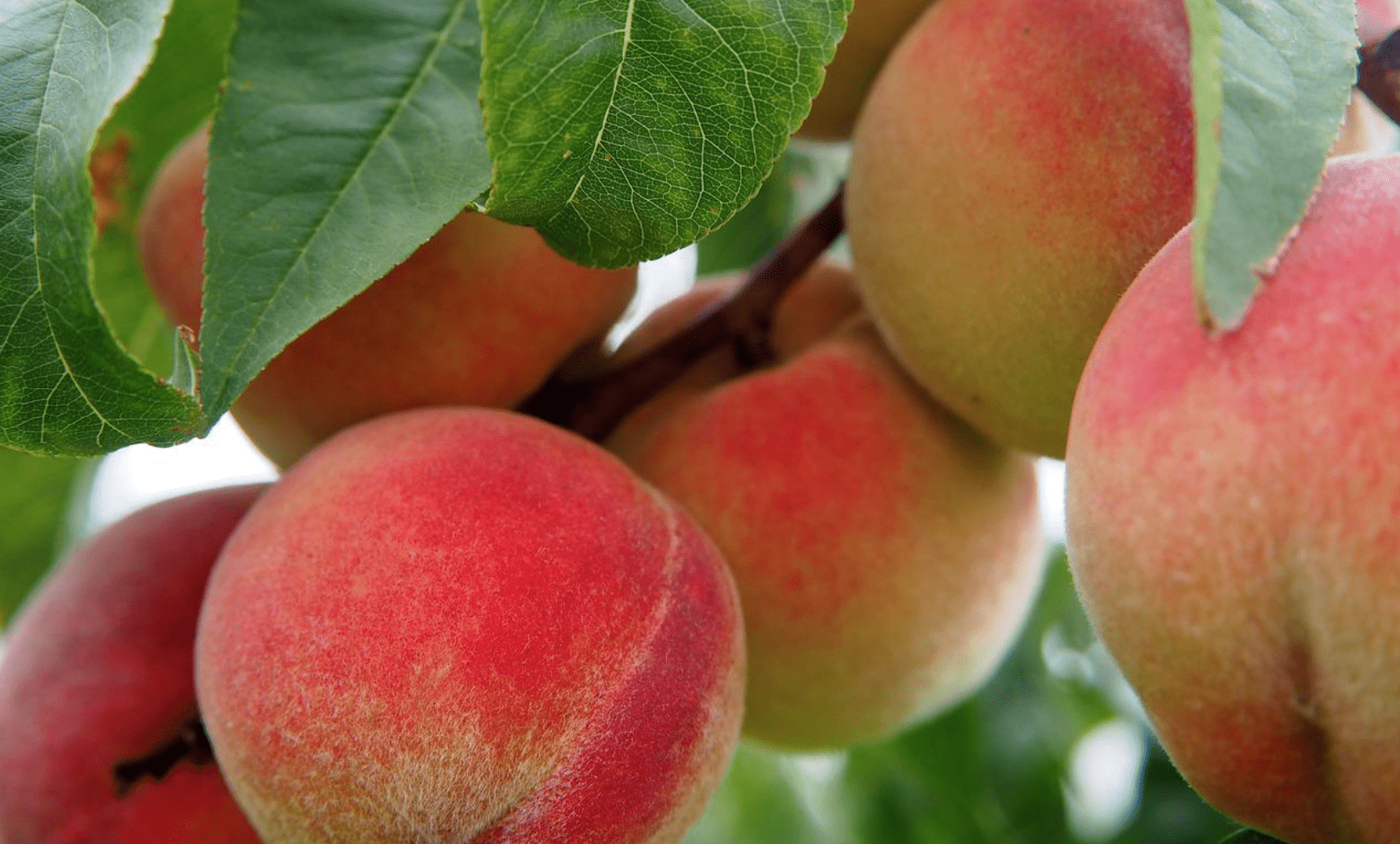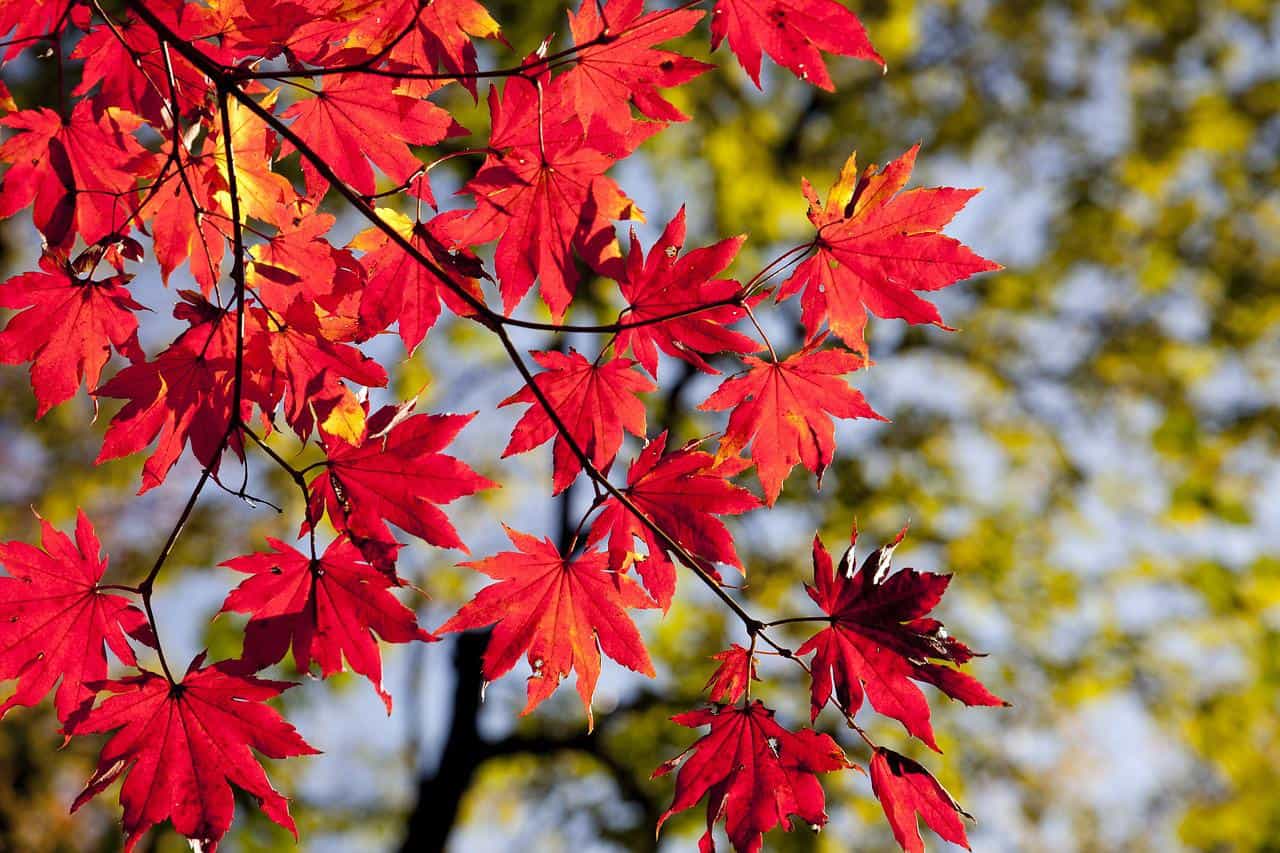Lawn Care Secrets: How to Make Grass Green
Who doesn’t want the greenest lawn in their neighborhood?
Working toward the perfect lawn means figuring out how to make grass green, but it also means increasing thickness, reducing weeds, and taking the time to keep your lawn well-maintained. The process takes time, patience and expertise. That’s why we’ve written this guide about what kind of fertilizer to make grass green, various home tips, and more.
So, what makes the green grass grow? Let’s find out!
How to Get My Grass Green: Tips & Best Practices
Having a general understanding of what to put on grass to make it green is a good start, but every lawn requires attention and care. Not to mention, each lawn is unique. Your lawn’s needs will vary based on where you live, the climate, and more. If you want to start making grass greener, the key is making sure you’re giving it exactly what it needs.
Aerate Your Lawn
Your lawn is most likely dealing with a lot of foot traffic. Whether you have kids or pets, wear and tear is bound to happen. Over time, it leads to the soil getting compacted. Even the simple act of mowing your lawn can lead to compaction.
Soil compaction is a problem because it interferes with water drainage, air circulation, and the ability to absorb nutrients. Help your soil breathe by aerating it. It’s a simple process – all you need to do is punch holes approximately three inches deep into your lawn. You can do this yourself or call in a professional landscaper. Ideally, you’ll want to aerate your lawn at least once per year. Keep in mind that this can vary depending on your location, so ask around locally to find out what your neighbors are doing.
Water Your Lawn Deeply
Flipping your sprinkler on for a few minutes won’t do much for your lawn. Watering deeply and less often forces the grass’s roots to grow deeper into the soil, leaving you with a more vital, more resilient piece of turf.
If you start to see puddles accumulating on your lawn, turn off the sprinklers and let the water drain for 15-20 minutes before resuming. You don’t want to overwater your grass and risk drowning your plants.
Add Water Crystals to Your Lawn
A simple hack for how to get dark green grass that looks and feels hydrated is to use water crystals. Water absorbing gel polymer products help your grass retain additional water. According to the experts, water crystals could reduce the amount of watering you need by up to 50%.
Water crystals may not be necessary if you live in the northeast or northwest of the country, but it’s an eco-friendly option if you live in the south. Ensure you water your grass early in the morning when there’s no wind to enhance absorption.
Use a Natural Lawn Fertilizer
If you’re researching what chemical makes grass green, you’re looking for answers in the wrong place. If you’ve been using fertilizers with chemicals in them, chances are you’re still wondering how to make grass green because you’re not getting the results you want.
The reason for this is that chemicals aren’t the answer – you need to invest in a natural fertilizer. Like you, your lawn needs several macronutrients to reach its potential. When it comes to green grass, nitrogen is the macronutrient you’re searching for. Natural lawn fertilizers use a selection of organic, balanced ingredients to give you the grass of your dreams.
Natural fertilizers are healthier for the environment and they give you better results than synthetic alternatives.
Implement a Grasscycling Program
Grasscycling is a process that helps you recycle more of your lawn’s nutrients. While it may sound like a lot of additional yard work, it couldn’t be easier to start grasscycling at home with no prior experience.
After mowing your lawn, you’ll see grass clippings all over the lawn. Don’t be tempted to sweep these away to give your lawn a short-term self-esteem boost. Scatter these clippings across your lawn. It’s proven that clippings will decompose quickly and feed even more nutrients back into your lawn.
Clippings also serve as a natural mulch, which is beneficial for helping your grass to retain as much water as possible.
Some other advantages of grasscycling include:
- Improve your soil’s texture
- Reduce the need for applying fertilizer
- Save time on your mowing
- Reduce your household’s garden waste
- Contribute to a greener lawn
Most lawnmowers can be converted for grasscycling, but you should invest in a reel mower if you’ve got the funds. These mowers are quiet, simple to use, and automatically leave the clippings spread across your lawn.
Cut to the Required Height
Mowing is about so much more than simply running a mower across your grass – your lawn actually has a recommended cutting height.
Every grass species has a recommended cutting height. As a rule, the highest and lowest mower settings aren’t the best options for maintaining a robust and healthy lawn. Find out what species of grass you have in your yard and adjust your mower.
In addition, make sure the blades are sharp to avoid damaging your grass. This is another reason why reel mowers are extra effective at maintaining lawns. They cut grass like scissors rather than tearing at the grass like a standard rotary mower.
The key to what makes grass green is maintenance. Cutting the grass is not just about making it look good, but keeping your lawn robust.
Start Composting for Greener Grass
You already know that grasscycling is healthy for your lawn. Take it a step further by investing in composting. Figuring out what to put on grass to make it green isn’t difficult when you realize that just about any form of kitchen or garden waste can benefit your lawn.
Compost is excellent for your lawn and the rest of your garden plants. The main reasons to start using compost on your lawn include:
- Better water drainage for sandy or clay soil types
- Allow for the slow release of nutrients
- Reduce problems with garden pests
- Prevent topsoil erosion
- Balance out soil pH levels
- Attract beneficial insects, worms, and other bacteria
Composting is as simple as storing the organic waste produced by your kitchen and garden in a special bin and, when it’s ready, spreading it across your lawn. It’s the most natural form of greener grass fertilizer there is. Check out this all-natural, safe and effective compost tea recipe.
Apply Corn Gluten Meal
Corn gluten meal is often used on organic crops and lawns because it acts as a natural herbicide. This means it’s also a great option for your soil. Corn gluten meal is the natural by-product of wet corn milling and you can apply it to keep the weeds at bay. It’s beneficial in spring when weeds are most likely to begin invading your lawn.
Be Aware of Moss
Moss is a natural sight in woods and forests. However, it can also grow on your lawn and this is where it becomes a problem.
You have a drainage problem if you’ve noticed that moss has started to grow on your lawn. It means water is remaining on the lawn rather than draining away naturally. Springtime is usually the best time to address your moss problem.
Part of learning how to make grass green is removing any and all threats to your lawn’s health. Moss slows down healthy grass growth, so you’ll need to find the root cause of your drainage problem. It could be anything from soil clay to shade to excess thatch.
Many gardeners choose to enlist the help of a professional to test their lawns and come up with an action plan to fight off the moss. Don’t simply throw a bunch of moss killer around the yard and call it a day. You need to address the root cause of the issue rather than just the symptoms.
Tackle Uneven Lawns with Top Dressing
Uneven lawns can happen for any number of reasons. Uneven thawing, seasonal depressions, and general damage over time can lead to this problem. It complicates everything from mowing to watering to seeding.
Moreover, uneven lawns can also increase risk of injury when walked upon, particularly if the unevenness is especially dramatic. Top dressing can level out your lawn, improve soil quality, and bolster your lawn’s drainage capacity.
There are several options available for top-dressing a lawn. Commercial top dressing products exist, but you can also make your own top dressing solution at home. All you need is sieved garden soil, compost, and sharp sand. Mix these products and brush them into the hollows of your lawn. The thickness should never exceed 1 cm.
If your home treatment fails to work, you might need to consider investing in professional lawn care services to level out your lawn and ensure healthier grass.
Fight Back Against Thin Lawns with Overseeding
Lawns that haven’t received the tender loving care they deserved in the past may look worn and patchy. A poorly maintained lawn has a thin consistency and is generally tired-looking, often with patches of very little to no grass.
To combat the problem of a thinning lawn, overseed your grass. Mixing lots of seeds with fertilizer, applying them to the lawn, and making sure your lawn has been aerated can fill in the gaps.
Subsequently, make sure you water and mow the lawn to spread your grass seeds evenly. Some professionals also recommend top-dressing your lawn simultaneously.
If you’re worried about your lawn and its resilience in colder seasons, you might want to repeat this process annually to ensure a stronger, healthier lawn.
Nourish Your Grass with Dr. JimZ
Figuring out how to make grass green requires careful maintenance and nourishing nutrients. Thankfully, there are several effective and all-natural options to repair and revive your lawn.
Make your lawn the envy of the neighborhood with Dr. JimZ grass fertilizer. Our greener grass fertilizer contains a unique blend of nutrients and natural ingredients designed to rejuvenate soil and stimulate growth all year round.
If soft, luscious and green grass is your dream, make it a reality with Dr. JimZ. To learn more about our greener grass fertilizer blend, get in touch with us today.



